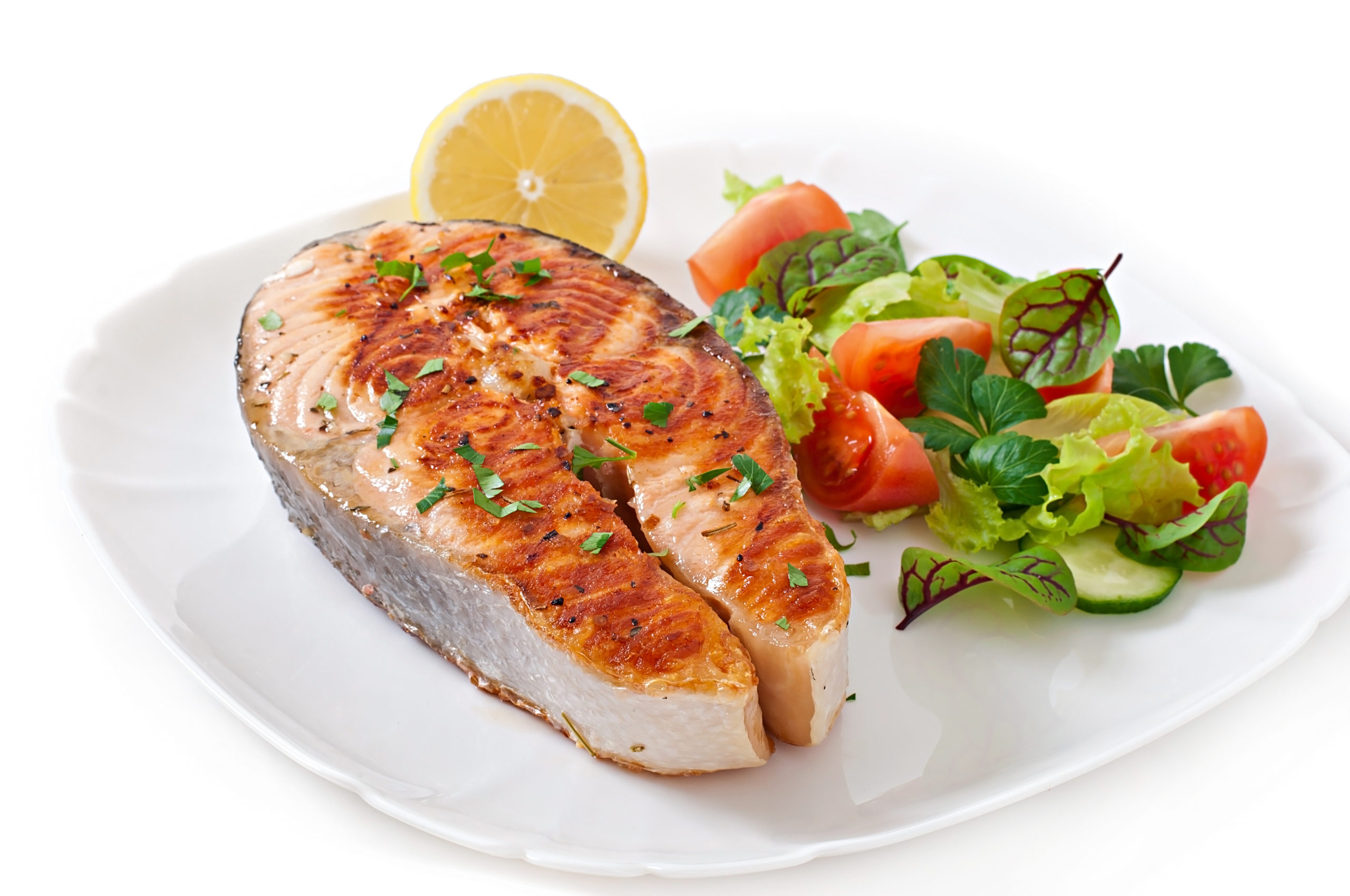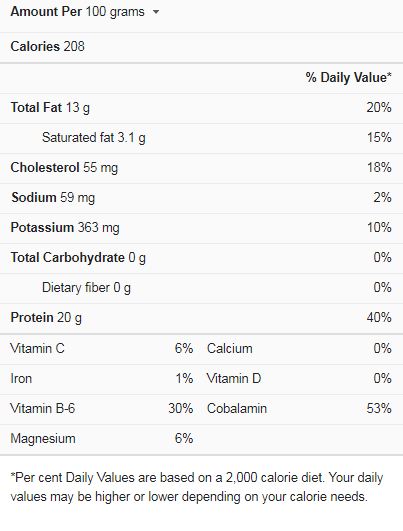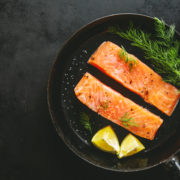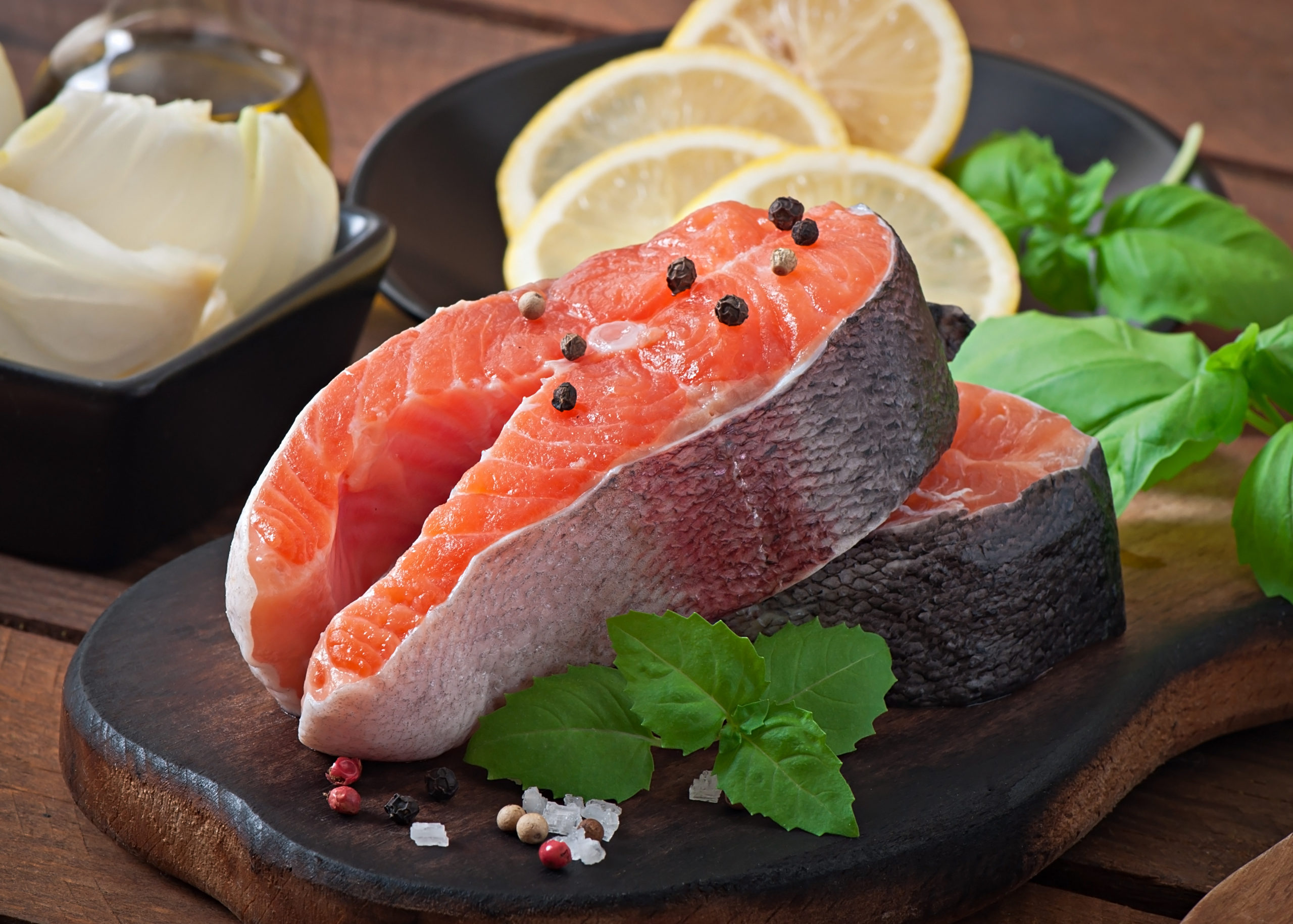When you go to a fancy restaurant, you’re amazed by how expensive salmon fillets are. And you also marvel at the deliciousness of the crispy, crunchy fish when it’s served. It must’ve prompted you to want to recreate the same recipe at home, but alas! You find yourself not getting the perfect result.

The reason is that salmon is an interesting type of fish to cook. It’s fatty and has a thickness variation from its skin to the thick fleshy middle. As such, you need to hit the sweet temperature spot when cooking and balance it with the correct time measurement.
Raw salmon nutrition facts

Pan salmon cooking tips
Salmon is cooked chiefly best by frying on the pan, as with this technique, you’ll get more flexibility with the recipe. On a stovetop pan, you’ll be able to see just how well the fish is being cooked in oil and if you need to adjust the heat. You’ll also be able to check the internal temperature for the perfect fry constantly. But before worrying about how long the fish should cook, consider what you must do before checking for doneness.
Preheat the oil
Salmon is a stubborn type of fish when it comes to frying. Its fatty insides and moist outside means the skin may stick to the bottom of the pan before it’s even ready. To prevent such from happening, you should preheat the oil so the skin dries faster before you begin cooking at a steady temperature.
Pat salmon dry
Even if you preheat the oil, you’ll still lose out if you toss in wet salmon fillets. So, be sure to pat the surfaces dry with paper towels before frying them in the pan. To get the most moisture out, firmly press the salmon fillets between several paper towels, but not so much that you squeeze the fish.
Hold salmon down
To fry salmon, place it skin-side-down into the hot oil. Once done, press and hold the fish down with a metal fish spatula. Salmon tends to curl when it fries, so pressing it down allows the entire surface down to cook evenly.
Slow Fry
The trick to perfectly cooked pan salmon is to fry the fish at reduced heat. Of course, this idea seems to clash with the concept of preheating the oil at high temperatures beforehand. But both work together for the same purpose.
When you preheat the oil at high heat, it’s because you want the skin to cook as quickly as possible, so it stays firm and doesn’t stick to the pan. Immediately setting the fillets in, reduce the flame to medium and continue cooking at a steady heat. This technique allows the fatty insides to curdle better and fry to crunchiness.
Most recipes suggest you fry the salmon fillets on one side only. But you can also flip it, so the other side becomes firm as well. However, never force the salmon fillets off the surface of the pan if it’s stuck. Let it release itself when you give it a gentle push, and then flip it over.
Pan salmon cooking time
Your salmon should be perfectly cooked when the internal temperature reaches 125 to 130°F. At this point, you should expect a golden brown color with a crispy look. Doneness is achieved at the 7-minute mark- 4 to 5 minutes on one side and 2 to 3 minutes on the other.
You can try your hands on this easy salmon fillet recipe to test your prowess with the cooking duration;
Print
Pan-fried salmon (4 servings)
Ingredients
- Four center-cut salmon fillets with skin, 5-ounce each; 1-inch thick
- Two tablespoons olive oil
- Black pepper, freshly ground
- Kosher salt
Instructions
- Bring out the fillets from the fridge and let them sit at room temperature for 10 minutes. Then, dry with paper towels to remove moisture.
- Place a pan over high heat, pour in the oil, and leave to reach a shimmering hot level. As you wait, season the salmon fillets liberally with salt and pepper.
- Place the salmon fillets in, skin-side down, and immediately reduce the heat to medium-high.
- Press the fillets down with a metal fish spatula so the skin fries evenly. Leave it to cook for 4 minutes, till the fish turns golden brown.
- Flip the salmon fillets and press down again for a moment, then leave it to cook for an additional 3 minutes.
- Transfer the salmon fillets into a bowl and serve as you please. You can also remove the skin and present it skinless.
- You can also consider this video recipe for more ideas about how much time salmon needs to cook in the pan.
Want more? Try this video recipe!
